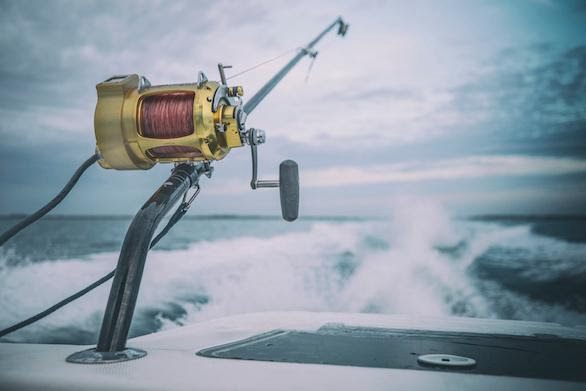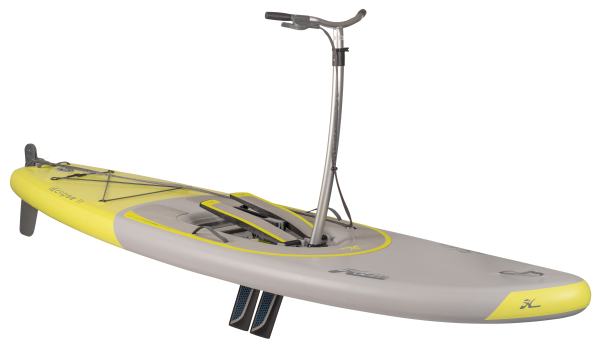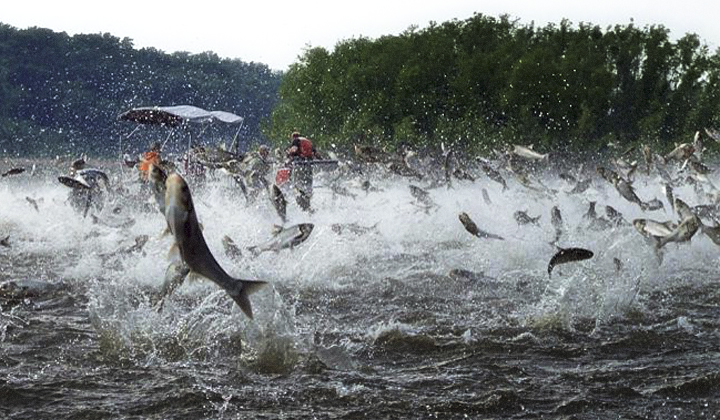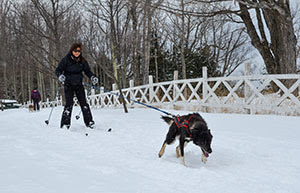Giving the Outdoor Bug
By Glen Wunderlich
Charter Member Professional Outdoor Media Association (POMA)
During the past year of upheaval, in which many of us became reclusive to avoid the possibility of contracting COVID-19, we had time for a bit of soul searching. Gone were the trips to the local watering holes, sports arenas, eateries, and many places where good times were commonplace. However, as these doors were closed, others opened; isn’t that the way of life?
Many of us were forced to inner-act with our family members on a scale we’ve not experienced heretofore. To some it could have meant getting on each other’s nerves more than usual, but to others it became an opportunity to become more acquainted with the outdoors. And, that’s exactly what has happened, as millions of us escaped the daily fear foisted upon us by hitting the streams, lakes and woods. There we were safe to learn and to play together with those closest to us.
If you are one who hunts, fishes, or simply enjoys the fresh outdoor air and wildlife, you had to be introduced to these activities somewhere along the line. Here is a case in point, which led me to my love of the outdoors.
My father did not hunt or fish, so for me to participate in these activities, someone else had to step up and it was my next-door neighbors, the Satterfields. They decided to ask me if I’d like to go fishing with them. As a child of 10-12 years of age, I recall handling the rods and closed-faced fishing reels they stored in their garage in anticipation of my first fishing trip. Of course it helped to catch a fair amount of fish that day to fan the flames of my excitement.
Before I reached the age to drive a car, I would hitchhike to Upper Straits Lake in Oakland County – rod and reel in hand. Faith got me back and forth regularly, but one day in particular stands out in my mind some 60+ years later.
I rented a rowboat from Bill Shaw’s boat livery like I did so many times before. The action was slower than usual and overcast skies threatened the outing, but held off. I gave up early and began exercising my thumb along Long Lake Road, when a middle-age man pulled over ahead of me in a Buick Riviera. As we put my gear in the spacious trunk, he asked me if I would take him fishing! In return, he promised to take me home afterward – all the way to the house. Since I already paid the daily rental fee for the boat, I agreed. Back at the lake the fishing was still slow that day and rain persuaded us to call it quits. And, as promised, I got an unprecedented ride home.
My point is that this scene would not have played out had the Satterfields not taken the step for me to join them that day. Here are two ideas to acquaint others to the outdoors.
* Buy a license for someone and invite them to go with you.
* Give someone a hunting or fishing trip and you be the host.
After decades of declining revenue for wildlife management, because people were losing touch with outdoor world, we’ve seen a 10-percent increase in license sales in year 2020 nationwide. Now, we need to continue the exciting trend, because license sales fuel wildlife conservation.
We never know what the future may hold and what roads we may choose in life, but my neighbors had exposed me to something that was there all along; I simply did not know it. That inner fire still burns as strong as it ever did, and today you have the ability to spark such a flame in others.









